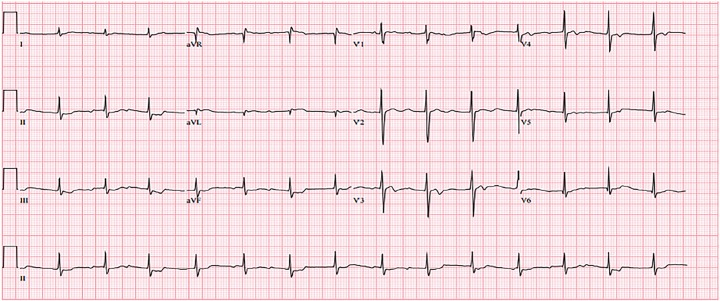Hello all,
For this Trauma Tuesday imagine you're a 1945 WWII nurse transported back in time to 1743 Scotland and a Jacobite warrior dislocates his shoulder. You need to reduce it but all they have for pain control is Scottish whiskey and if you're lucky, something called Laudanum. (So goes the plot of Outlander)
Laudanum is a mixture of opium and ethanol which is old school procedural sedation and analgesia (PSA) that is equivalent to fentanyl and versed that we use in the modern day. It is definitely a tried-and-true combo that has crossed into the 21st century but how does it fair against intra-articular lidocaine (IAL)?
First off, anterior shoulder dislocations is the most common shoulder dislocation ~95%, posterior shoulder dislocation ~5%, and inferior shoulder dislocation <1%.
In these images, the red arrow is pointing at the glenoid fossa and the blue arrow is pointing at the humeral head which should be in contact with the glenoid fossa.
To inject Intra-articular lidocaine first locate the landmarks, since this is an anterior shoulder dislocation the posterior approach to the glenohumeral joint and subacromial space may be the easiest as that space is widened due to the dislocation.
Have the patient sit with their arm resting at their side if possible. Palpate the posterior indent between the head of the humerus and acromion, using a 18G needle with 20 mL of 1% lidocaine, insert the needle 2-3cm inferior and medial to the posterolateral corner of the acromion and direct it anteriorly towards the coracoid process when aiming for the glenohumeral joint. When aiming for the subacromial space, direct it laterally while aiming for the anterolateral acromion corner. However, any space between these two areas will be sufficient for an intra-articular block with a dislocation. An 18G needle should sink into the space and the plunger should push with no resistance if you are in the correct space.
One study did a systematic review and meta-analysis of 12 RCTs comparing IAL to PSA (with any agent) for closed reduction of acute anterior shoulder dislocation for patients > 15 years of age.
Results:
No difference in reduction success between IAL and PSA. (83.8% vs. 91.4%)
Fewer adverse events occurred in the IAL group compared to the PSA group. (1.3% vs. 20.8%)
Mean ED length of stay was significantly shorter in the IAL group compared to the PSA group. (mean difference = − 1.48 h)
No difference in pain score after anesthesia and before reduction in the IAL group compared to the PSA group. (mean difference = − 0.04)
Procedural time was significantly longer in the IAL group compared to PSA (mean difference = 8 min)
No statistically significant difference in ease of reduction in the IAL group compared to PSA. (54.5% vs. 71.8%)
Patient satisfaction was significantly decreased in the IAL group compared to PSA. (70.5% vs. 90.4%)
TL;DR
IAL seems to have similar effectiveness as PSA in the successful reduction of anterior shoulder dislocations in the ED with fewer adverse events, shorter ED length of stay, and no difference in pain scores, or ease of reduction. However, IAL had longer procedural times and decreased patient satisfaction which is something to consider. Nonetheless, IAL may be an effective alternative to procedural sedation for reducing anterior shoulder dislocations, particularly when IV sedation is contraindicated or not feasible.
https://wikem.org/wiki/Shoulder_dislocation
https://www.shoulderdoc.co.uk/article/1485
Sithamparapillai, A, Grewal, K,Thompson, C, Walsh, C, McLeod, S. Intra-Articular lidocaine versus intravenous sedation for closed reduction of acute anterior shoulder dislocation in the Emergency Department: a systematic review and meta-analysis. Canadian Journal of Emergency medicine. October 2022. PMID: 36181665









